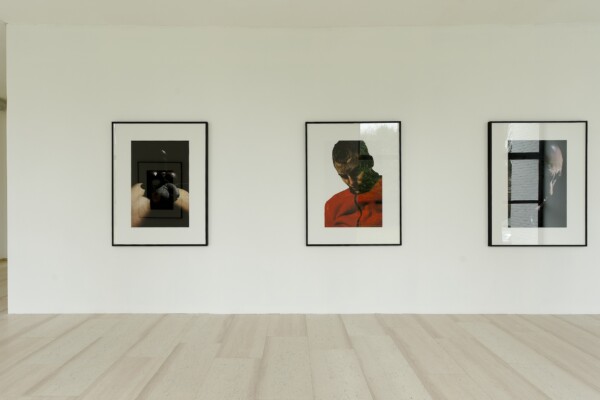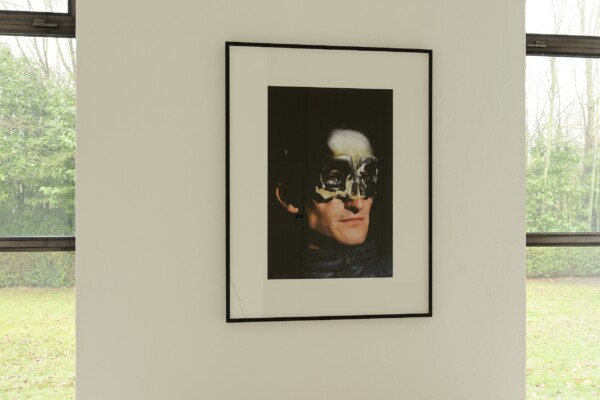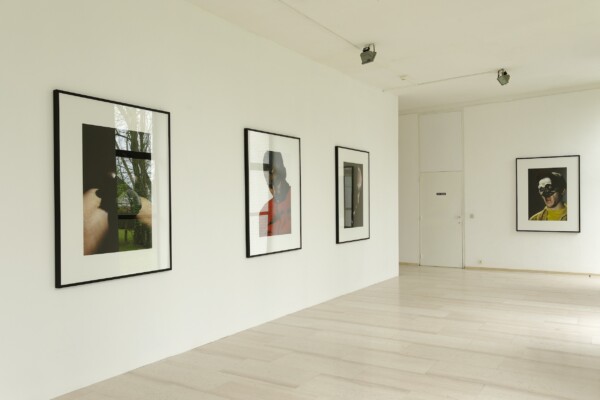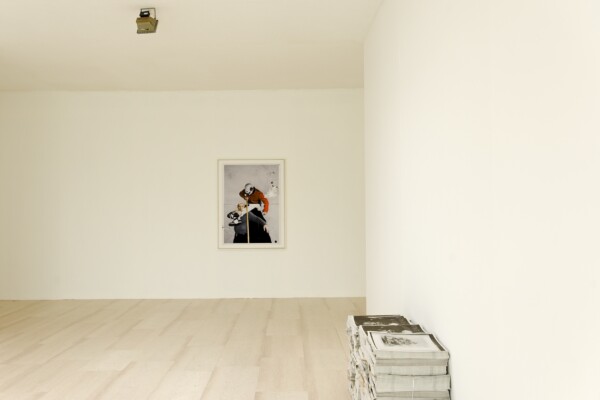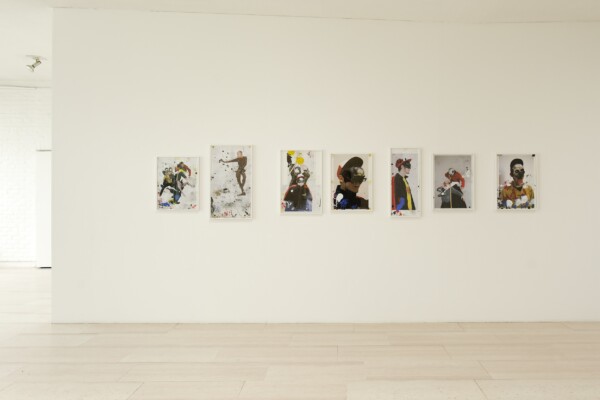Picture this: Narcisse Tordoir
Belgian artist Narcisse Tordoir continually commemorates the significance of painting. Since the early 1980s, he has been experimenting with the possibilities of the painting medium. Tordoir gained recognition in the mid-1980s through his small square panels that he combined into a whole. Each panel carries a single motif, ranging from painted geometric or organic forms to cut-out motifs and three-dimensional forms in plaster. The motifs he used were stripped of details and reduced to their simplest forms. With this work, Tordoir created a visual language, exploring the tension between word and image and between form and meaning. His recent work consists of compositions, often on a very large scale, in which various elements and figures come together. Usually, these works originate from photos, drawings, and self-made stagings in the studio.
All works displayed by Narcisse Tordoir at the Museum Dhondt-Dhaenens Museum share the same title: Unos a Otros. With this title, he refers to an etching by Francisco de Goya from the Los Caprichos series, in which human whims are sarcastically depicted. In Goya’s etching Unos a Otros (1799), we see five men amusing themselves by playing in a bullfight. Two men, who are the picadors, sit on the shoulders of two other men, their horses, and attempt to tease the fifth man, who plays the role of the bull, without losing their balance. Unos a Otros roughly translates to “Now one, later the other,” indicating that Goya suggests that he who is the executioner today might just as well be the victim tomorrow.
Goya’s etching served as the starting point for a series of stagings directed by Narcisse Tordoir in his studio. Costumes, masks, and various other attributes were used in these performances. Participants in these performances were challenged to adopt excessive and theatrical poses in the privacy of the studio. Some of the photos resulting from these stagings were partially painted over and also serve as source material for drawings that, in turn, serve as preparation for monumental paintings. In his paintings and overlays, Tordoir also employs screen printing techniques, airbrushing, and drippings.
By dynamically combining these different techniques and transferring from one art form to another - from performance to photography and print to painting - Tordoir creates a complex visual play.
